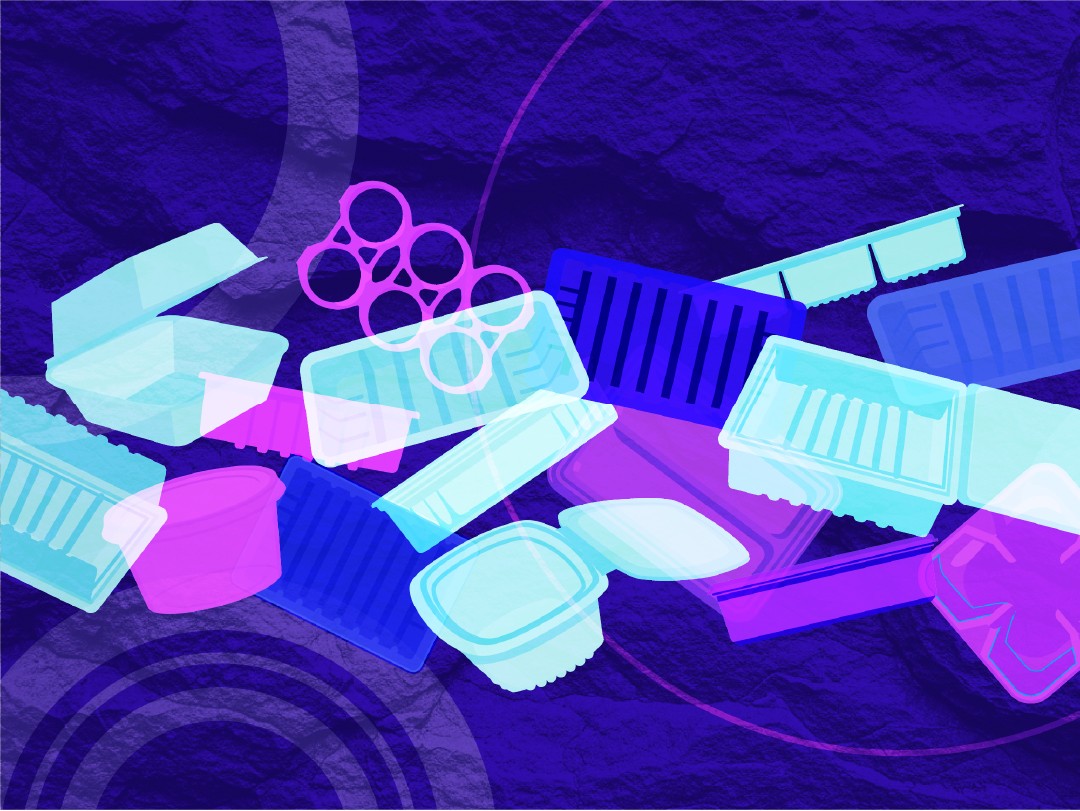Packing in plastics: How the EU packaging regulation impacts business
Posted: May 15, 2025

Earlier this year, new European Union packaging regulation came into effect, aiming to reduce Europe’s packaging footprint by legislating several changes across the next ten years. These changes include rules covering the design of packaging (ensuring packaging isn’t more air than content), the elimination of unnecessary packaging, restrictions on some single-use plastics, requirements for minimum percentages of recycled content, and a mandate that all packaging must be recyclable at scale by 2035.
The EU aims to minimize the quantities of packaging and waste generated, lower the use of primary raw materials, and transition to a circular economy. It hopes that by 2030, the measures will have significantly reduced greenhouse gas emissions and water use, while reducing the impacts of packaging waste on the environment and human health.
Of course, it will be more difficult for manufacturers to meet the new requirements with certain products – in a lot of areas, such as food packaging, businesses need to meet strict quality and hygiene requirements. While the effects of these new rules will be visible in consumer products, the packaging regulations also apply to business-to-business transactions, meaning manufacturers must also consider how goods are transported.
Our Industrial Life
Get your bi-weekly newsletter sharing fresh perspectives on complicated issues, new technology, and open questions shaping our industrial world.
Swapping plastic packaging for sustainable alternatives
One business hoping to get ahead of these changes is Henkel. The company is aiming to design and develop all of its packaging so that it can be reused or recycled as completely as possible by the end of this year—six months ago, Henkel said that 87% of its packaging was already designed for recycling.
Plastic often provides qualities that are hard to match in other substances. Henkel is exploring ways to get similar functionality from paper, for example replacing bubble wrap with paper products that can provide a similar impact resistance. The business has also created a cardboard alternative to the plastic rings that hold cans together, combining adhesives and recycled cardboard to create a recyclable option for multipacks of cans.
In transport, boxes are stacked on wooden pallets and wrapped in plastic film to prevent them from falling. Henkel has found a way to reduce the plastic used in pallet wrapping by up to 90% by developing an adhesive alternative. The adhesive secures cartons to each other and to the pallet for safe transportation and storage using only a tiny amount of glue. Designed to remain stable even in very hot or cold conditions, it can manage the temperature differences common in supply chains and help businesses reduce their plastic use.[1]
Food-safe bio-based packaging: seaweed and potatoes
Some companies have even created packaging that disappears. London-based business Notpla has created eco-friendly packaging products inspired by nature. The business has developed a seaweed-based material, chosen for its flexibility, strength, quick growth cycles, and ability to take on new shapes. Notpla has used this plastic alternative to create a coating for takeaway boxes, rigid plastic-style cutlery, food sachets and edible liquid pods. So far, the company says the seaweed packaging has replaced over 15 million single-use plastics, and because the packaging is completely natural, it’s already meeting the new regulatory standards.
Polish company Plastpom is doing something similar with potato starch, creating a material that is biodegradable and compostable in a household composter, saltwater, freshwater, and soil. It’s using the material to manufacture cutlery and straws, which can be manufactured using injection molding, blow molding, and thermoforming on existing machinery. The products have around half the carbon footprint of polypropylene, and the manufacturing process consumes less energy.
Reducing packaging through solid product innovations
Another way to reduce packaging requirements is to change the format of the product itself. Not only are solid products generally smaller and more efficient than their liquid counterparts, they also require less complex packaging—for example, liquid shampoo tends to be transported in a plastic bottle, but a solid shampoo bar can be wrapped in paper.
Companies such as Smol, a B Corp that describes itself as "passionate about packaging," have started selling concentrated cleaning products in tablet form. It ships its cleaning tablets to customers in paper and cardboard, leaving customers to add their own water to create a liquid cleaning spray. By not shipping water, the business reduces plastic use and CO2 emissions—the company says it’s prevented shipping over four million liters of water.
Benefits of a circular economy for packaging
Deloitte anticipates an additional cost of €5.9 billion for implementing reuse schemes, deposit return systems, and certifying packaging recyclability and recycled content. While these initial costs in implementing the new regulatory changes may seem high, the European Commission forecasts overall savings of €47.2 billion in 2030 associated with packaging and packaging waste.[2]
Alongside cost savings, the environmental benefits will be huge: Waste levels are expected to reduce by 18 million tons compared to 2019 levels and CO2 emissions could decrease by 23 million tons. Materials will be reused and recycled, shifting from prioritizing virgin materials to a more circular materials economy.